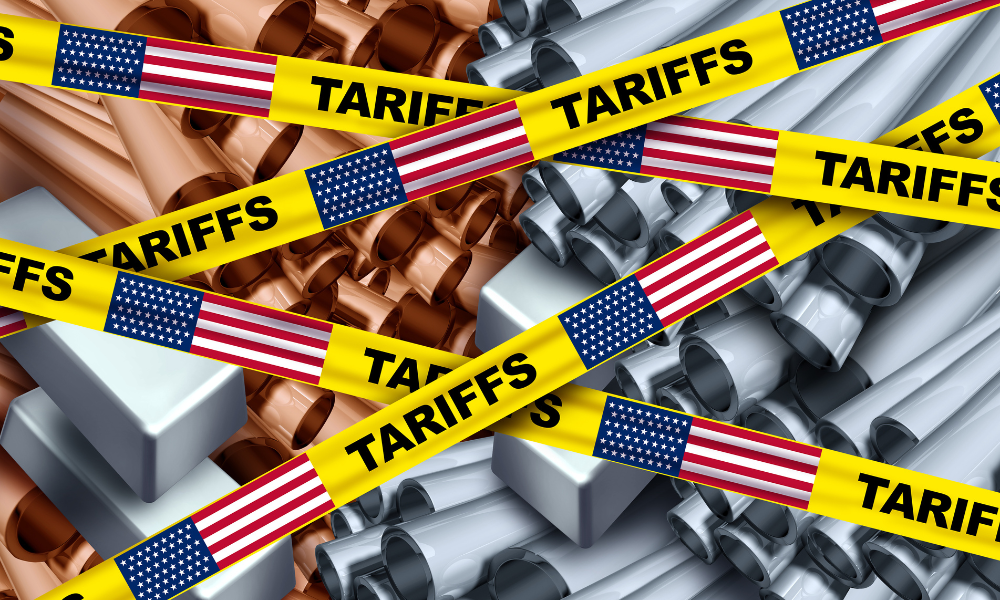A Senate investigation into worker injuries associated with Amazon Prime Day found that the company’s highly popular sale day has had a significant impact on the well-being of workers in the past. According to the report, data from the Amazon Prime Day Sale in 2019 showed that the injury rate had totaled up to just under 45 injuries per 100 workers. If the numbers are correct, nearly half of the company’s warehouse workers had been affected in some way due to working conditions during the sale. Poor safety standards at Amazon warehouses have regularly elicited alarm and the hard data provided shows there’s good reason to worry about the working conditions at the company.

Image: Pexels
The Link between Amazon Prime Day and Worker Injuries Is Alarming
If you’re unfamiliar with the workings of Amazon Prime Day, it refers to a 48-hour period where the company provides significant discounts on a majority of products sold on the website. Just like the Black Friday phenomenon, increased discounts mean increased sales, and workers at Amazon’s warehouse go into overdrive to ship out an extensive number of orders on time.
Sale periods like this strain workers to their limits and this issue isn’t exclusive to Amazon—we’ve seen the impact of the holiday season on store salespeople who have to deal with an increased number of customers when people come out to shop in much higher numbers.
In this particular case, the Senate’s Health, Education, Labor and Pensions (HELP) committee launched a yearlong investigation into Amazon’s warehouse conditions and investigated the link between Amazon Prime Day Sale and worker injuries. Aptly titled “Peak Season, Peak Injuries,” the interim report based on data from 2019 stated that the rate of recordable injuries excluding those the company was required to disclose to OSHA was over 10 injuries per 100 workers, which is “more than double the industry average.”
Additionally, when the report included the injuries Amazon was not required to disclose to OSHA, the total injury rate stood at 45 injuries per 100 workers, which is “nearly half of the company’s warehouse workers.”
Understanding the Investigation Into Amazon’s Warehouse Conditions
The committee spoke to Amazon workers regarding their working conditions and found that the company often set unsustainable productivity requirements which led to these serious injuries. One worker told the committee that during these peak periods, there have been occasions when they have had to handle 120,000 packages compared to their usual capacity of 60,000.
Another example of Amazon prioritizing productivity over safety came from the use of its automatic conveyor belts. A worker interviewed during the Amazon Senate investigation reported that the company had attempted to install a conveyor belt that should have had a safety feature that automatically stopped when the belt was jammed or overloaded.
Instead, in a rush to install the system set up by Prime Day, the warehouse chose to skip installing the automatic stop feature, increasing the risk of employees being injured by the packages that were piling up and falling up. The increased risk came with the added pressure on the workers to keep clearing up the belt. These examples mentioned in the Amazon warehouse injuries report highlight the company’s priorities and suggest that insufficient measures are taken to handle the rush of orders that come in during the sales period.
Amazon’s emphasis on productivity has been seen multiple times before, primarily through the excessive surveillance that employees often have to put up with while they work. Amazon enjoys many of the benefits of being the top e-commerce platform globally but the workers who make it possible bear the brunt of that popularity.
Image: Amazon
Are Amazon’s Worker Injuries Being Underreported to OSHA?
The high number of worker injuries reported in association with Amazon Prime Day is already concerning, but the committee’s investigation also suggests that the company has a “troubling history of under-recording injuries” as per regulations. When an injury occurs at a warehouse, it can be handled in two ways—minor issues are handled on-site by the AMCARE first aid clinic, and more serious injuries are addressed by external doctors who can provide more serious treatment. Only the medical treatment that goes beyond first aid has to be reported to the Occupational Safety and Health Administration.
The committee alleges that very often, Amazon handles serious injuries with first-aid treatment and sends the worker back to work instead of referring them to a doctor. As a result, it skips the process of adding these cases to their report to OSHA. The company reportedly instructs these workers to return to AMCARE if they need more attention, without disclosing the options available to the worker, explicitly discouraging attempts to seek medical attention from outside to reduce the chances of the injury from being reported.
The increased risk of injury during sale periods such as the Amazon Prime Day event, paired with the lack of sufficient treatment for the injuries sustained during the period, is quite alarming to see.
Is Amazon Aware of the Problems Within Its Warehouses?
It’s hard to imagine a scenario where the company remains unaware of the consequences of the demand-and-solution cycle it creates after its multiple run-ins with various governing bodies, not just in the U.S. but even outside of it. Data shows the company has a net worth of $1.96 trillion USD but its workers are often underpaid and its warehouses are understaffed.
An Amazon spokesperson, Kelly Nantel provided CNN with a statement. “The safety and health of our employees is and always will be our top priority, and since 2019, we’ve made significant progress — reducing our recordable incident rate (which includes anything that requires more than basic first aid) in the US by 28%.”
In response to the concerns about understaffing she stated, “One of the false claims in the report implies that we’re not adequately staffed for busy shopping periods. This is just not true, as we carefully plan and staff up for major events, ensure that we have excess capacity across our network, and design our network so that orders are automatically routed to sites that can handle unexpected spikes in volume.”
Amazon Has Acknowledged the Possibility of Understaffing Before
Despite their statement, it does appear that Amazon was aware of, and has acknowledged, the variability in their retail business and the increased strain placed on their operations, as presented in their 2023 Annual Report filed with the Securities and Exchange Commission. “We may be unable to adequately staff our fulfillment network and customer service centers during these peak periods and delivery and other fulfillment companies and customer service co-sourcers may be unable to meet the seasonal demand.”
While this is only a cautionary statement mapping out the circumstances faced by the company, there has to be more they can do for workers. The numbers mentioned regarding Amazon Prime Day’s worker injuries may be outdated considering it is based on data that is five years old, however, it’s unclear if the working conditions have improved since then. The company claims it has “allocated over $750 million to invest in technologies, resources, training, and programs to further (their) safety efforts” this year.
Amazon also states that its Recordable Incident Rate (RIR) has improved by 30 percent over the past four years and its Lost Time Incident Rate (LTIR) has been upgraded by 60 percent during the same period. Unfortunately for them, the employee accounts suggest there’s still some ways to go before workers feel positive about Amazon’s warehouse safety conditions.



